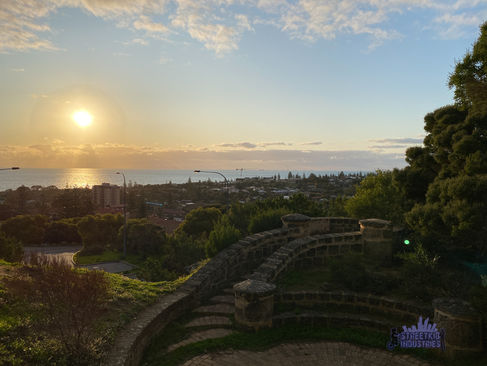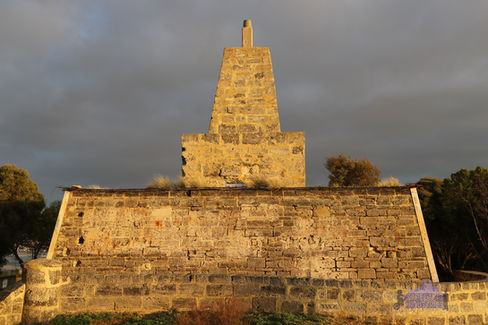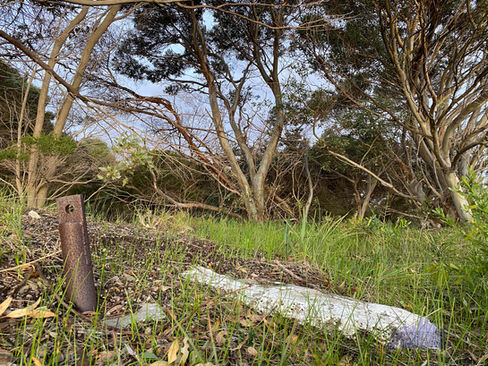
Buckland Hill Bush Reserve
Buckland Hill, also known as Monument Hill, is located east of Leighton Beach, offering a good view of the horizon from Cottesloe to North Fremantle.
Captain James Stirling named the hill in 1827, in honour of William Buckland, a well-established English theologian, geologist and palaeontologist.
Buckland Hill was part of a series of hills, dubbed the Seven Sisters. Quarrying began in the area from 1890, leaving Buckland Hill the sole survivor.
During the First World War, the Navy used Buckland Hill for a signal station due to the advantage the sweeping views gave. It was later connected to the three anti-aircraft gun emplacements, storage rooms and gunner’s sleeping quarters. Approximately 30% of the tunnels can be seen in the museum tour, which is held on Sundays and run by The Royal Australian Artillery Historical Society of Western Australia.
The original monument was installed on Buckland Hill in 1850, being constructed from timber to serve as a navigational beacon. It was replaced with a more permanent beacon in 1875, a trigonometric station, which helped surveyors map out the surrounding districts. Commonly referred to as the Obelisk. it may have been built by convicts between 1878 and 1880, using local limestone.
A water supply reservoir was built around the obelisk in 1924, making it in accessible. Its capacity was expanded from 18 million litres to 64 in 1935. Only when it was expanded in 1983, was the Obelisk moved to its current position, some 50 metres south west from its original one.
01 - July 2022

02 - August 2022

.png)






































